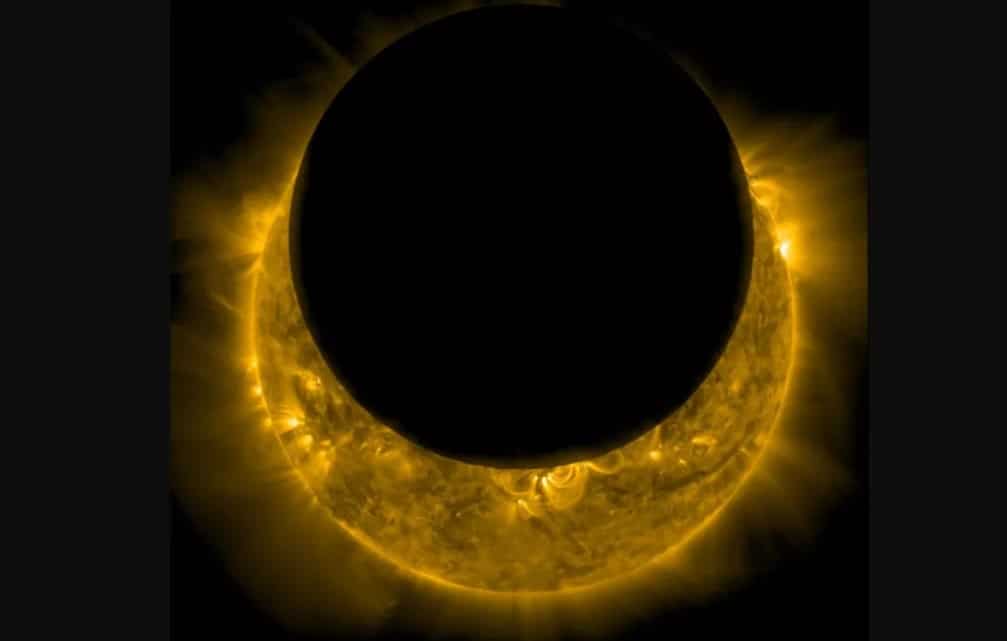European Space Agency Satellites to Create Artificial Solar Eclipse
Source: GreekReporter.com

Two European Space Agency (ESA) satellites, named Proba-3, were launched from India on Thursday to create artificial solar eclipses and study the Sun. The launch was initially scheduled to take place on Wednesday but was delayed for twenty-four hours due to technical difficulties.
The rocket carrying the Proba-3 ESA satellites took off from Satish Dhawan Space Center in Sriharikota, India at 5:35 am EST. The goal of the project is to have the satellites move in certain formations, creating artificial eclipses that scientists can study without having to wait for one to occur naturally.
The European Space Agency Proba-3 Satellites
European Space Agency’s Proba-3 mission is intended to allow scientists to study eclipses not only more frequently but also for longer durations. A normal eclipse only lasts around eight to ten minutes, but the artificial eclipses created by the European satellites should last about six hours each.
“After a short preparatory period, the two satellites will be separated and injected into a safe relative tandem orbit,” European Space Agency (ESA) officials said in the Proba-3 mission description. “Included in the commissioning period will be a demonstration of the mission’s Collision Avoidance Maneuver, ensuring they can be left safely in an orbit with no risk of collision or running away from each other.”

The operation requires ultimate precision. In a world first, the Proba-3 satellites will autonomously move and maintain their precise, millimeter-specific formation without collision. They will be relying on GPS, lasers, and radio wave transmission instead of a ground team.
“As a world first, its two satellites—the Coronagraph spacecraft and the Occulter spacecraft—will maintain formation to a few millimeters and arc second precision at distances of around 492 feet for six hours at a time,” ESA officials said. “In effect, the pair will be forming a virtual giant satellite. And this will be achieved autonomously, without relying on guidance from the ground.”
The satellites, named Coronograph and Occulter, are quite small at just five feet from end to end. The satellite whose job it is to create the shadow carries a disc that will block the sun from the other satellite, mimicking the moon. The satellite left in the shade will be posing as Earth.
With the launch of the Proba-3 satellites, scientists hope to learn what they normally have a hard time understanding, as they have to shield themselves from the ocular dangers of an eclipse. They specifically want to learn why the corona of the sun is hotter than the sun itself. Studying an artificial eclipse that shows nothing but the corona will allow them to do so hassle-free.
The initial results of the study should become available to the scientists in March 2025. The mission cost European Space Agency about $210 million, and they are hoping they can get a thousand hours of study data from the Proba-3 pair.
The original article: belongs to GreekReporter.com .
